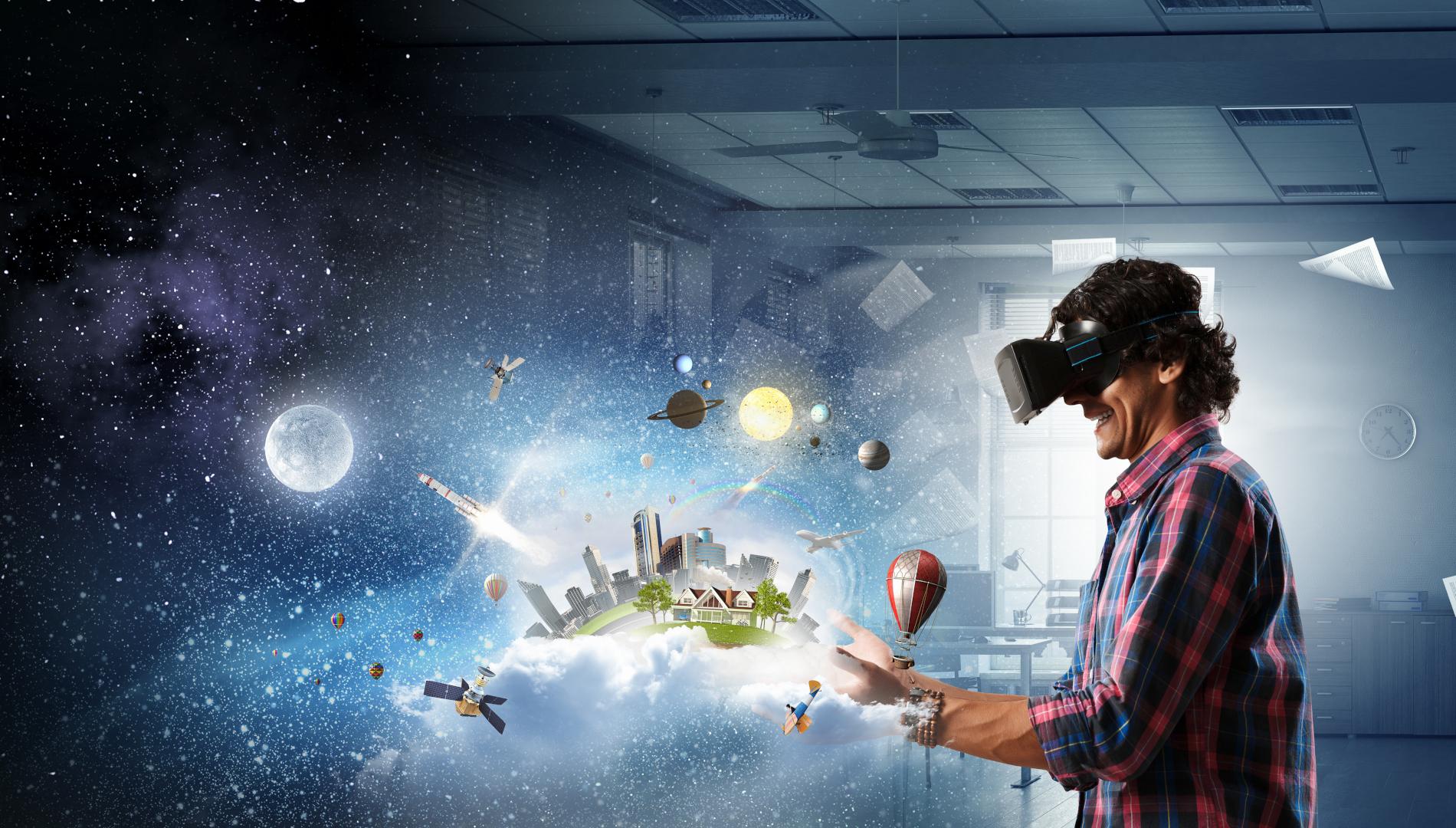Mar 20, 2024
Introduction:
Virtual Reality (VR) has revolutionized the way we interact with technology, offering immersive experiences that transport users to entirely new worlds. Whether you're a developer looking to create your own VR game or an enthusiast eager to explore the possibilities of VR, building VR experiences on a budget is not only feasible but also an exciting challenge. In this guide, we'll explore how you can craft your VR world without breaking the bank.
1. Choose the Right Development Platform
When embarking on your VR journey, selecting the appropriate development platform is crucial. Fortunately, there are several options available that cater to different skill levels and budget constraints:
Unity: Unity is a popular choice among developers due to its user-friendly interface and extensive asset store, which offers a plethora of free and affordable resources for building VR experiences.
Unreal Engine: Unreal Engine is another powerful tool for VR development, known for its high-quality graphics and robust features. While it may have a steeper learning curve compared to Unity, it's still a viable option for budget-conscious creators.
WebVR: If you're looking for a more accessible and lightweight solution, consider WebVR, which allows you to create VR experiences that can be accessed directly through web browsers. This option is particularly suitable for simple projects and prototypes.
2. Utilize Free and Affordable Assets
One of the advantages of modern VR development is the abundance of free and affordable assets available online. Whether you need 3D models, textures, or sound effects, there are numerous resources where you can find high-quality assets without breaking the bank:
Unity Asset Store: Unity's Asset Store offers a wide range of free and low-cost assets specifically tailored for VR development, including environments, characters, and special effects.
Sketchfab: Sketchfab is a treasure trove of 3D models created by talented artists from around the world. Many of these models are available for free or can be purchased at a reasonable price, making it an excellent resource for building your VR world.
Freesound: For immersive audio experiences, Freesound provides a vast library of sound effects and music tracks that you can use in your VR projects free of charge, as long as you attribute the creators.
3. Optimize Performance
Optimizing performance is essential when developing VR experiences, especially on a budget. By implementing optimization techniques, you can ensure that your project runs smoothly on a variety of hardware configurations without sacrificing visual quality:
Low-Poly Assets: Use low-polygon 3D models whenever possible to reduce rendering overhead and improve performance, particularly for VR applications running on less powerful devices.
Texture Compression: Utilize texture compression techniques to reduce file sizes without compromising visual fidelity. This can help reduce memory usage and loading times, resulting in a smoother VR experience.
Dynamic Level of Detail (LOD): Implement dynamic LOD systems to adjust the level of detail based on the user's proximity to objects in the virtual environment. This can significantly improve performance by reducing the number of polygons rendered at any given time.
4. Test and Iterate
Once you've built your VR experience, it's essential to thoroughly test it on various devices to ensure compatibility and performance. Solicit feedback from users and iterate on your design based on their input to refine the experience further. By continuously testing and iterating, you can create a polished VR world that engages and captivates your audience.
Conclusion:
Building VR experiences on a budget is not only achievable but also an exciting creative endeavor. By leveraging the right development platforms, utilizing free and affordable assets, optimizing performance, and iterating on your design, you can craft immersive VR worlds that rival even the most expensive productions. So roll up your sleeves, unleash your creativity, and embark on the journey of building your own VR experiences without breaking the bank. The possibilities are limited only by your imagination.





